Elegant Ceramic Bull Art (Unstoppable Red) Statue
This Bull Art Statue is a fine workmanship handicrafts made in ceramic and porcelain high temperature heated, hand finished and with color drawings on shiny surface. Due to its impressive presence and masculinity, the Bull has been an essential idol for many ancient cultures. The Bull symbolism is linked to fighting ability and male fertility ever since prehistoric times. It is also a necessary sign of abundance. The Bull meaning is deeply related to solar energies, determination, strength, and, of course, virility. Bull symbols have been depicted since prehistoric times and can be found in ancient art, literature, astronomy, and astrology. As an animal symbolizing strength, the Bull became the subject of many ancient religions being worshipped throughout the world. Both Solar and Lunar sign, the bull has given its name to one of the oldest constellations, the Taurus.
Bull astrology is linked to the agriculture calendar, signifying spring, a season of rebirth. Seen as a symbol of wealth and abundance, the bull was often sacrificed during ancient rituals by people hoping to secure the gods’ goodwill. The bull also stands as a symbol of stubbornness, ferocity, tyranny and brutality. When it comes to bull-taming, the meaning is that, with determination, one can overpower the primordial forces. Also significant is the bullhead symbol. Associated with the sun and gods’ power, the bull horn symbolism speaks of solar energies and life. The bull horn’s meaning is correlated to the sunbow. Whether we speak about what does Bull means in literature or its symbolism in art, this impressive creature inspired artists for centuries. In paintings or sculptures, the bull is always depicted as a sign of pure strength and masculinity. Elegant Ceramic Bull (Unstoppable Red) Statue measures: 5.3 inches / 13.5 cm x 2 inches / 5 cm x 2.6 inches / 6.5 cm.
Bull Art Statue on Amazon.
Bull Art Statue on eBay.
Animals Statues, Cows Statues and Symbolic Statues.





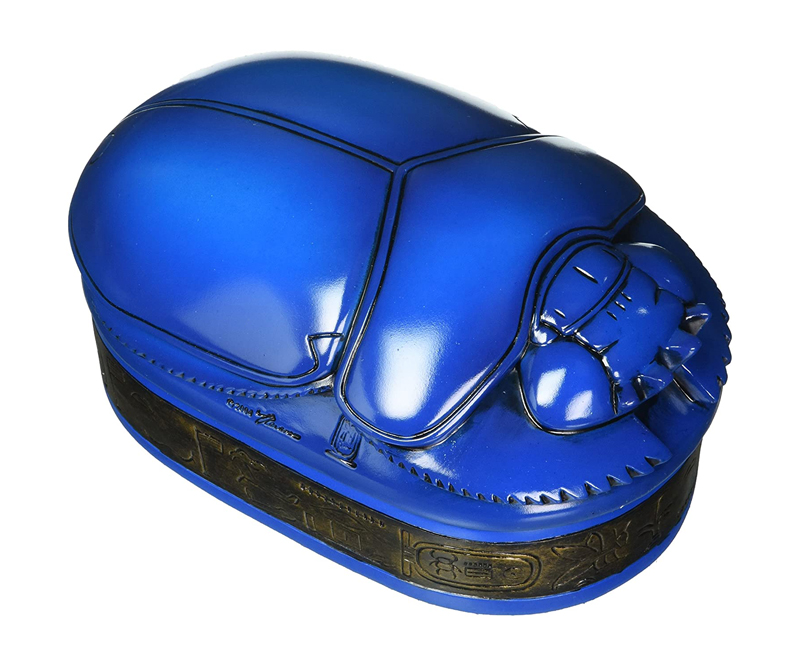

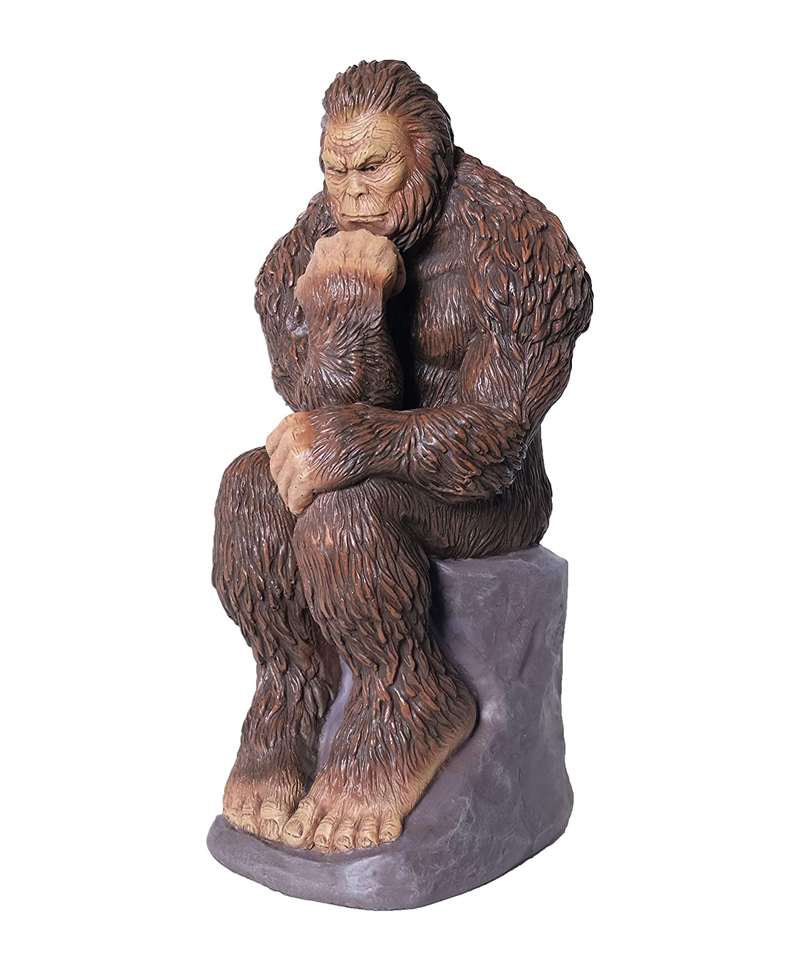
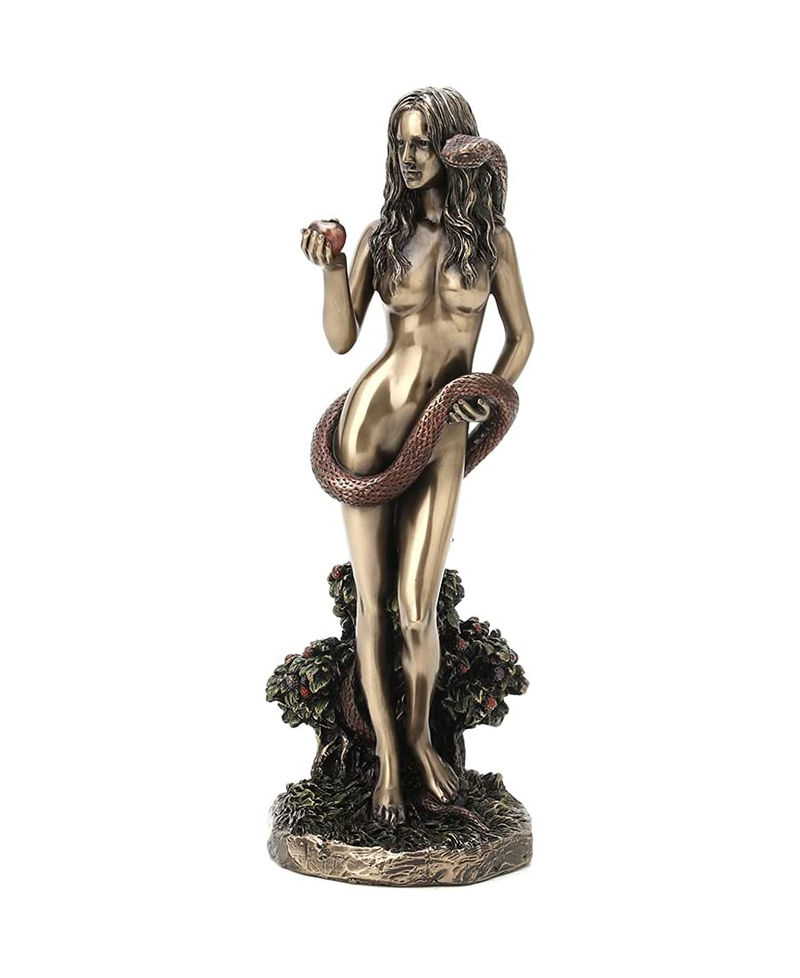
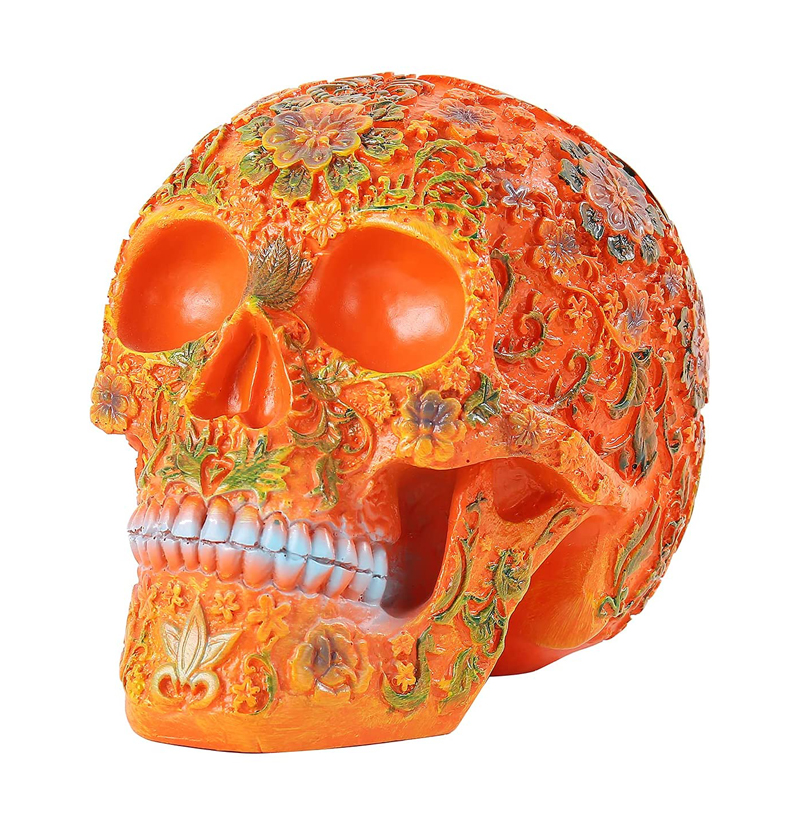


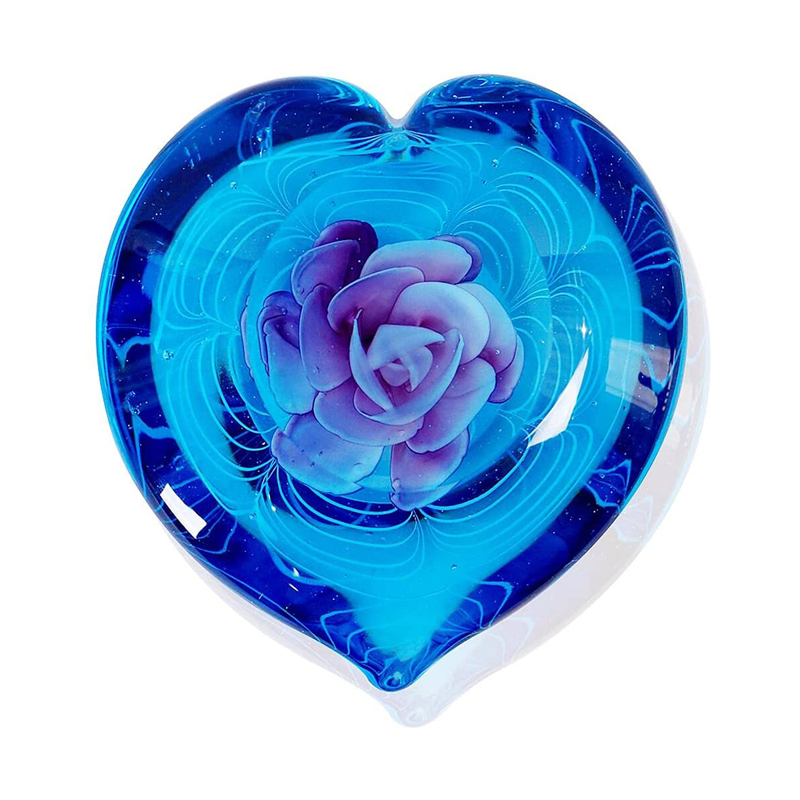
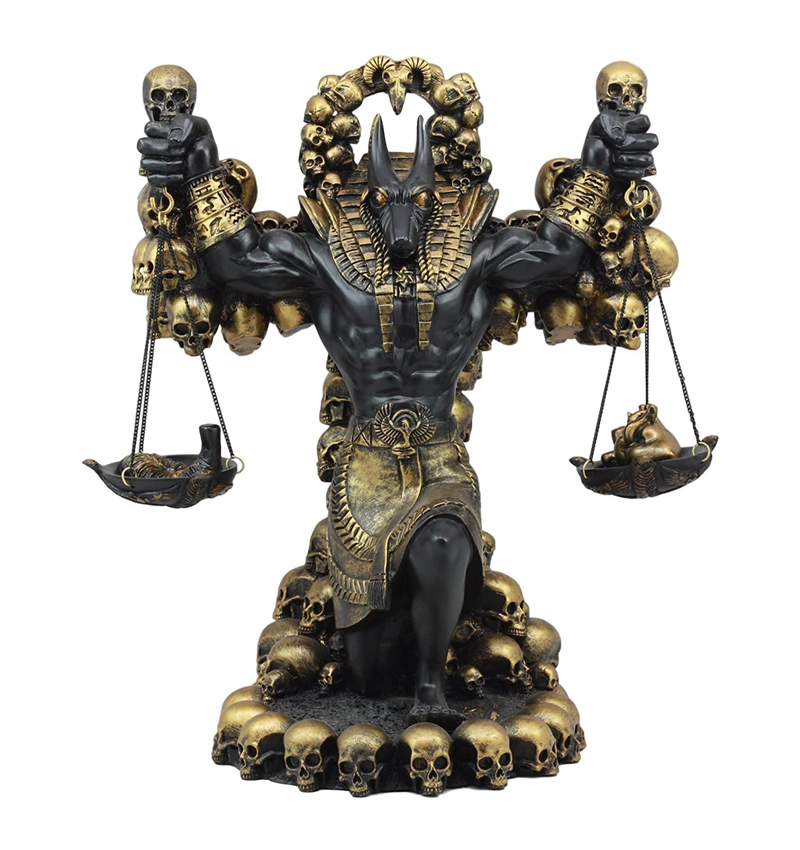
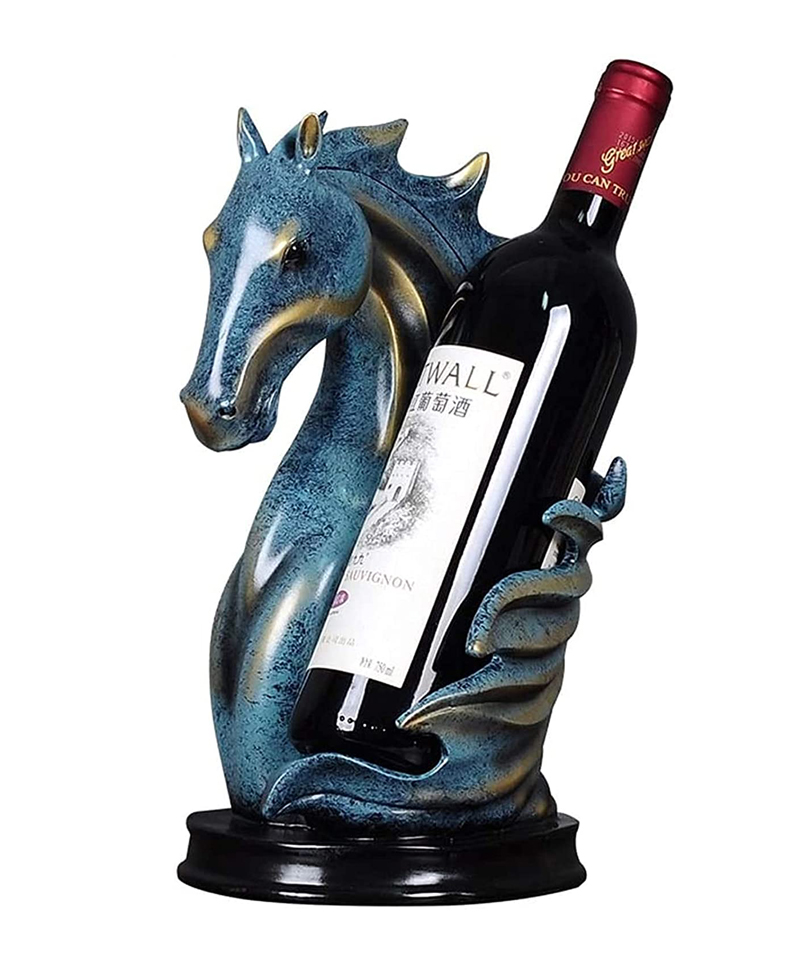
You must be logged in to post a comment.